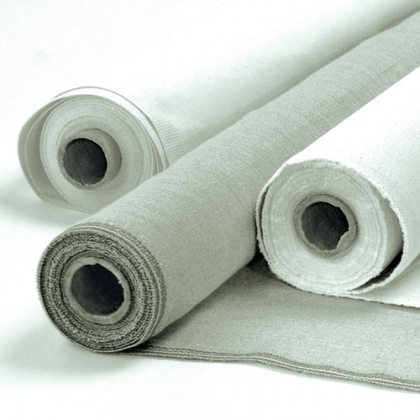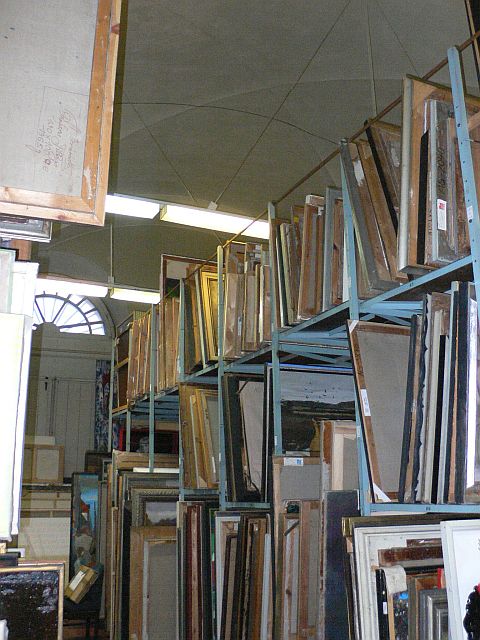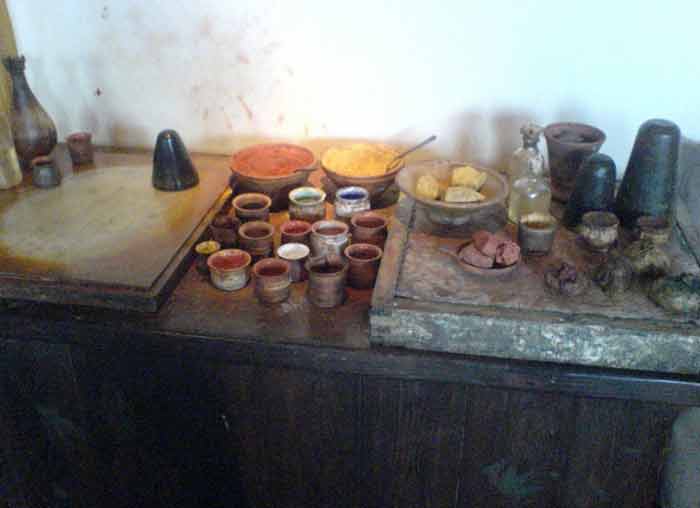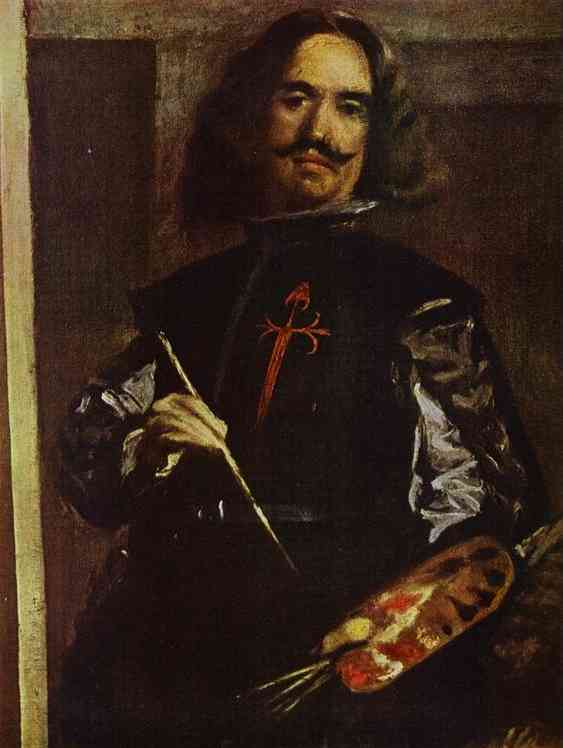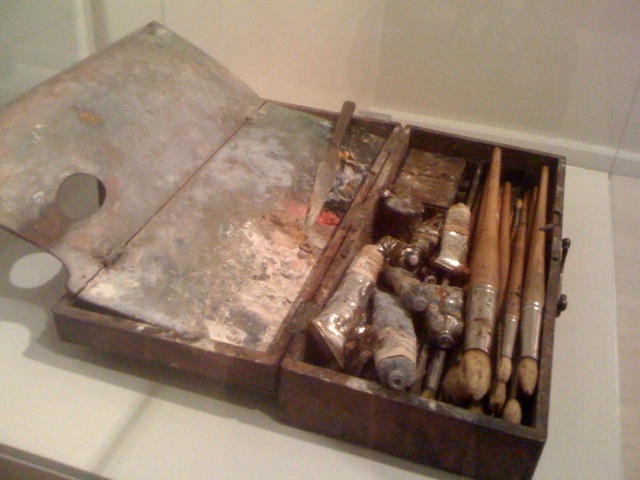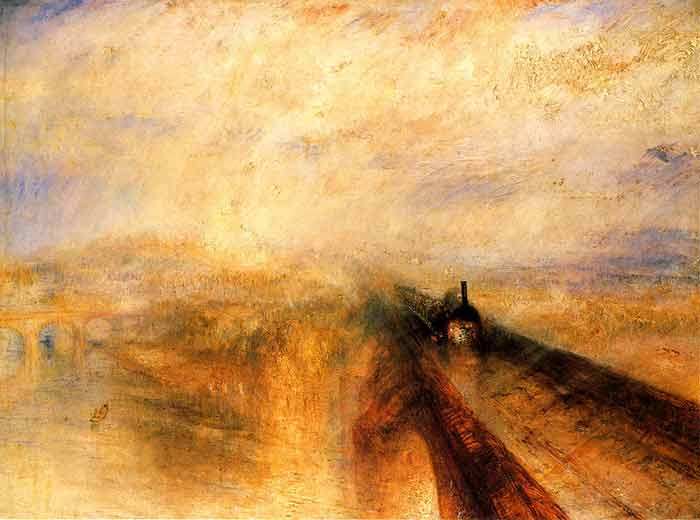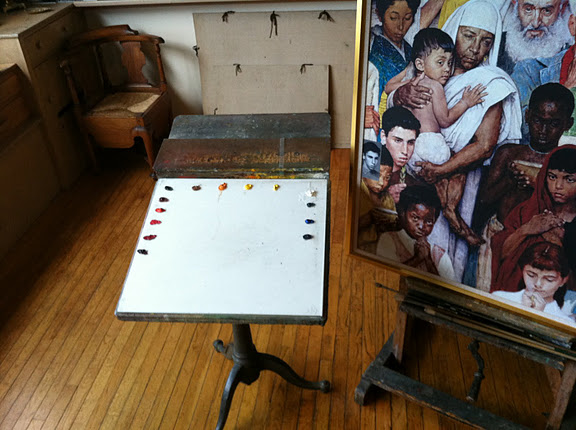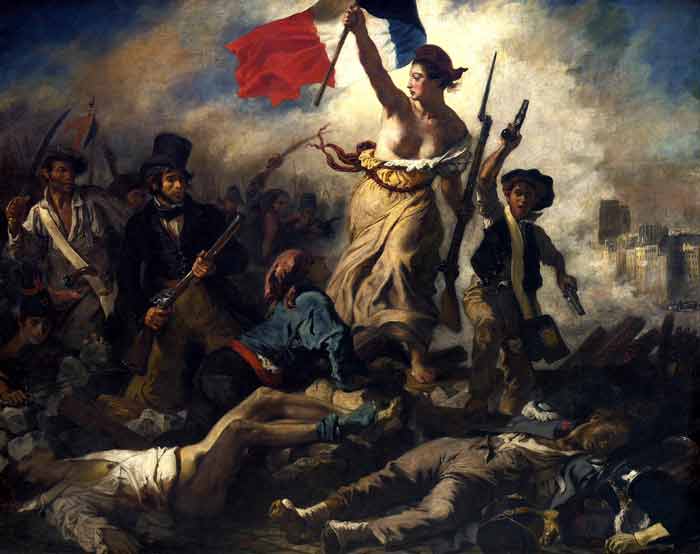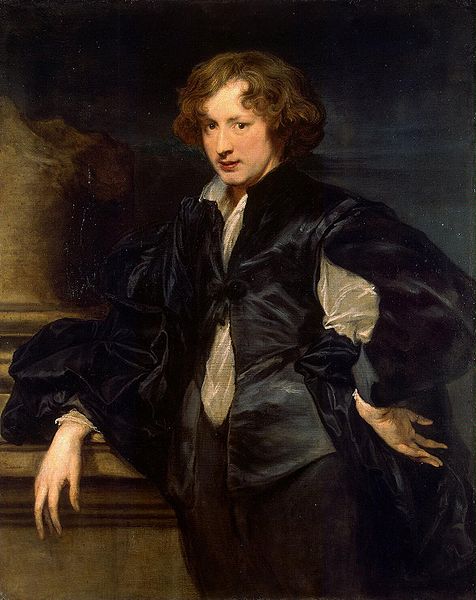On 7 Aug, 2012 With
Oil painting materials: CANVASES and STRETCHERS Grain.—The question of grain is not easy to speak about without the canvas, yet it is often a matter of importance. There are many kinds of surface, from the most smooth to the most rugged. Some grain it is well the canvas should have; too great smoothness will tend to make the painting “slick,” which is not a pleasant quality. A grain gives the canvas a “tooth,” and takes the paint better. Just what grain is best depends on the work. If you are going to have very fine detail in the picture use a smoothish canvas; but whenever you are going to paint heavily, roughly, or loosely, the rough canvas takes the paint…
Read More
On 5 Aug, 2012 With
Oil painting materials: CANVASES, STRETCHERS AND PANELS You should have plenty of canvas on hand, and it would be well if you had it all stretched ready for use. Many a good day’s work is lost because of the time wasted in getting a canvas ready. It is not necessary to have many kinds or sizes. It is better in fact to settle on one kind of surface which suits you, and to have a few practical sizes of stretchers which will pack together well, and work always on these. You will find that by getting accustomed to these sizes you work more freely on them. You can pack them better, and you can frame them more conveniently, because one frame…
Read More
On 1 Aug, 2012 With
How to economize on Oil Painting Tools There is a false implication in the saying that “a poor workman blames his tools.” It is not true that a good workman can do good work with bad tools. On the contrary, the good workman sees to it that he has good tools, and makes it a part of his good workmanship that they are in good condition. In painting there is nothing that will cause you more trouble than bad materials. You can get along with few materials, but you cannot get along with bad ones. That is not the place to economize. To do good work is difficult at best. Economize where it will not be a hindrance to you. Your…
Read More
On 20 Dec, 2011 With
Oil painting techniques: Rembrandt’s Palette Rembrandt was a Dutch painter and etcher. He is generally considered one of the greatest painters and printmakers in European art history and the most important in Dutch history. Lead white Ochres Bone black Vermillion Siennas Raw umber Burnt umber Lead-Tin Yellow Cassel earth
Read More
On 18 Dec, 2011 With
The Old Masters: Velázquez’s Palette Diego Rodríguez de Silva y Velázquez was a Spanish painter who was the leading artist in the court of King Philip IV. According to Carmen Garrido, Head of Technical Services at the Prado Museum in Madrid and author of Velázquez: Tecnica y Evolución, Velázquez’s palette consisted of the following colors: WHITE: composed of lead white and calcite YELLOW: yellow iron oxide, lead-tin yellow, and Naples yellow (the latter, sparingly) ORANGE: orange iron oxide and vermilion of mercury RED: red iron oxide, vermilion of mercury, and organic red lake BLUE: azurite, lapis lazuli, and smalt BROWN: brown iron oxide and manganese oxide BLACK: organic black of vegetal or animal origin GREEN: azurite, iron oxide, and lead-tin yellow PURPLE: organic red lake and…
Read More
On 14 Dec, 2011 With
Limited Palette of Anders Zorn Anders Zorn is the most well-known Swedish painter. Palette: Flake white, Yellow Ocher Vermilion Cool black (Ivory + cobalt blue) Warm black (Ivory + burnt Sienna)
Read More
On 11 Dec, 2011 With
Turner’s Palette Joseph Mallord William Turner was an English Romantic landscape painter, watercolourist and printmaker. Cobalt blue Emerald green Viridian Orange vermilion Barium chromate (yellow) Chrome yellow Chrome orange Iodine scarlet Burnt umber Carbon black Turner’s yellow Many red lake colors White [titanium? flake?] This doesn’t feel like his complete palette. And his palette did change over time.
Read More
On 9 Dec, 2011 With
Norman Rockwell’s Palette Norman Percevel Rockwell was a 20th-century American painter and illustrator. Alizarin crimson Cadmium red (deep) Cadmium scarlet Cadmium red (extra pale) Burnt sienna Raw Umber Raw Sienna Ferrous yellow Lemon yellow (WN) Zinc white Viridian Cobalt blue Ultramarine blue He has these colors listed as sometimes Magnesium blue Cadmium yellow (medium) Cadmium orange Light red Mars Violet From Rockwell on Rockwell: How I Make a Picture by Norman Rockwell (Hardcover – Nov. 1979)
Read More
On 7 Dec, 2011 With
Eugène Delacroix’s Palette Eugène Delacroix was a French Romantic artist regarded from the outset of his career as the leader of the French Romantic school. Eugène Delacroix’s Palette: lead white charcoal black lamp black raw umber yellow ochre red ochre madder lake lead-tin yellow vermilion lapis lazuli green earth indigo smalt cobalt (probably blue) Egyptian brown (also known as Egyptian Mummy) cadmium (yellow) Indian yellow light chrome yellow zinc yellow red lake vermilion
Read More
On 5 Dec, 2011 With
Van Dyck’s Palette Sir Anthony van Dyck was a Flemish Baroque artist who became the leading court painter in England. Van Dyck’s Palette: Lead white Charcoal black Lamp black Raw umber Yellow ochre Red ochre Madder lake (sub. Alizarin Crimson) Lead-tin yellow (sub. Cadmium Yellow) Vermilion Lapis lazuli Green earth Indigo Cassel Earth Smalt (sub. Cobalt blue)
Read More


